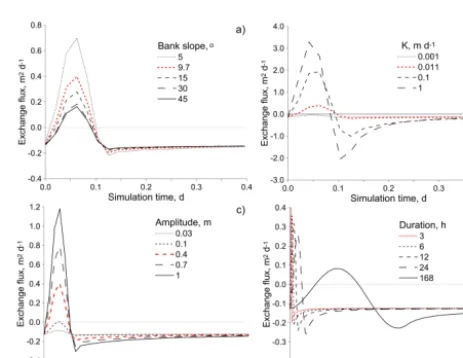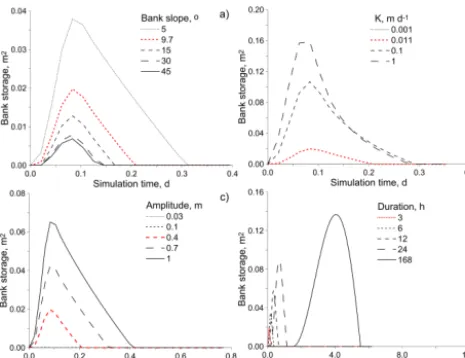Modelling hyporheic processes for regulated rivers under transient hydrological and hydrogeological conditions
Full text
Figure




Related documents
1) Calculation of the CoM position trajectory and the foot swing position trajectory. 2) Calculation of roll and pitch joint angles for diagonal walking on inclined floor.. The
other than statements of historical fact contained in this presentation including, without limitation, those regarding SPRC’s future financial position and results of operations,
some of the non-HLA loci associated with this vasculitis using candidate-gene approaches were replicated in different populations ( 66 – 71 ) and, therefore, they represent
The upregulation of hnRNPK activates the expression of the splicing regulator SRSF1 by binding to the first motif upstream the start codon ( − 65 to − 77 site), thereby
Chief Minister, Minister of Finance, Economic Development, Investment, Commerce & Tourism.. Ministry of
Using a photosynthetic organism of your choice, choose only ONE of the three variables (temperature, wavelength of light, or light intensity) and for this variable..
Singha and Deka [8] studied the laminar convection flow of a viscous electrically conducting incompressible fluid between two heated vertical parallel plates in

